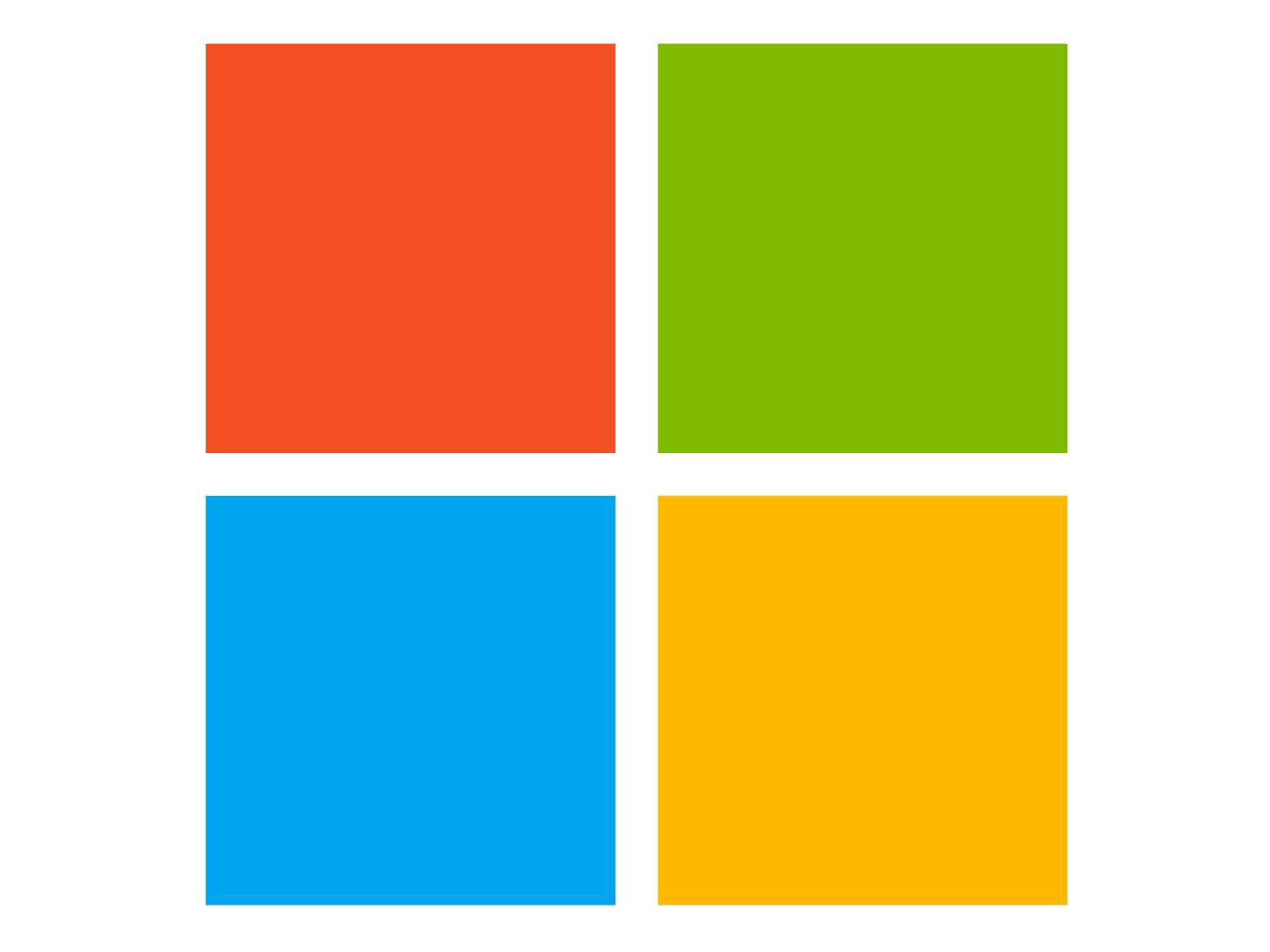Microsoft May be Working On New Non-Windows OS
Several reports published on Monday reveal that Microsoft is currently writing a new computer programing language, and could be using that language to generate a second operating system that is not related to Windows.
The new language was revealed by a Microsoft researcher named Jim Duffy on Friday who said that nothing secretive is going on, that all he is describing in his blog is pure research.
"As is hopefully clear from my bio, the language I describe below is a research effort, nothing more, nothing less. Think of me as an MSR guy publishing a paper, it's just on my blog instead [of] appearing in PLDI proceedings," Duffy writes on his blog.
The blog heated up talk about Microsoft's Midori project, a supposed non-Windows-based operating system. Unnamed sources claim that this platform has come out of incubation mode and tossed into the Unified Operating System group headed by Executive Vice President Terry Myerson.
ZDNet reports that Microsoft officials gave the green light for a number of Midori team members to come forward and produce a few details. Duffy is supposedly one of those people, who reportedly helped build both the operating system and the new language simultaneously.
Sources say this new language is codenamed "M#," or M sharp; Duffy names this new language as "C# for Systems Programming." Sources also claim that M# is an extension of Microsoft's C#, and reportedly grew out of Sing#, which is the system language of Microsoft's Research Singularity OS.
There's a possibility the M# platform will go open-source.
Get Tom's Hardware's best news and in-depth reviews, straight to your inbox.
ZDNet reports that a "skunkworks" team began working on Midori since at least 2008. The project was originally "championed" by Microsoft CTO Eric Rudder, and the team itself consisted of all-star Microsoft veterans, including Duffy. The project also had several developers pulled in from the outside.
Ultimately, what's expected to happen is that parts of this operating system will be pulled out to be used in Windows 9 and beyond.

Kevin Parrish has over a decade of experience as a writer, editor, and product tester. His work focused on computer hardware, networking equipment, smartphones, tablets, gaming consoles, and other internet-connected devices. His work has appeared in Tom's Hardware, Tom's Guide, Maximum PC, Digital Trends, Android Authority, How-To Geek, Lifewire, and others.
-
Estix Midori has been a very neat project to follow; essentially an OS written entirely (or almost entirely) to run with managed code.Reply
Theoretically, it would be less vulnerable to a lot of common security vulnerabilities and exploits.
From a practical standpoint, though, it's more of a toy for CompSci people than a practical operating environment... Though, if a person can get by nowadays with just a smartphone, there's no reason that this wouldn't be just fine for most people, even before it matures and gains software support. -
sean1357 Looking to see if they develop OS or compiler for FPGA environment. Parallel processing... High speed data communication...Reply -
qlum this could be another NT where nt gets slowly phased out like the old windows did when xp came out. Windows right now is pretty inefficient so I wouldn't mind a newer version that isn't as all consuming I mean the harddrive and memory requirements of the os itself are just insane compared to linux distro's that even offer more preinstalled programs.Reply -
sciophobiaranger Hopefully it is not like Windows 8. Dreadful.... why the hell do they keep changing the themes? Windows 7 was fine and so was XP. (even though I prefer 7)Reply -
Aragorn qlum: It wasn't NT that got phased out. All versions of windows were moved over to the NT kernel and the old DOS based kernel was tossed. It would be good to see something like that happen again if Microsoft moved to a more secure more efficient kernel again. This may well come from the project the article referenced (in combination with many other projects that Microsoft is assuredly working on).Reply -
vpoko Reply
To run an OS on an FPGA, or to compile code written in an imperative language for one, you'd have to synthesize a a normal, sequential processor with it. While this can be done with IP cores, no current FPGA can synthesize something like a modern, Haswell CPU. This will always be the case since there is substantial overhead required to make the IC reconfigurable. Actually, FPGA's are going in the other direction, with hard processor cores on-die with the FPGA. What I hope we'll see one day is FPGA's on-die with a modern CPU (or attached as a coprocessor) so they can handle massively parallel tasks while the CPU handles all the sequential stuff that a CPU is good at.12318006 said:Looking to see if they develop OS or compiler for FPGA environment. Parallel processing... High speed data communication... -
g-unit1111 How many more operating systems do we need? There's Windows 7, Windows 8, Android, iOS, Steam OS, Mac OS 10.5, Blackberry 10, Web OS, I could go on and on.Reply -
vpoko Reply
That's an actual MCU on the chip with the FPGA, it's not being synthesized using logic cells. Since it takes several transistors to simulate what would be one transistor in an ASIC, an FPGA will always be at a disadvantage (compared to an ASIC) when it comes to simulating a sequential processor. The other part of it is the clock speed: that Statix 10 isn't going to reach 4 GHz like a modern CPU will.12319147 said:--> vpoko...
Altera Stratix 10... with quad cores Cortex ARM-53 x64 bit MCU in it..
There are lots of things an FPGA is great for, but I wouldn't waste one to re-invent the wheel.
